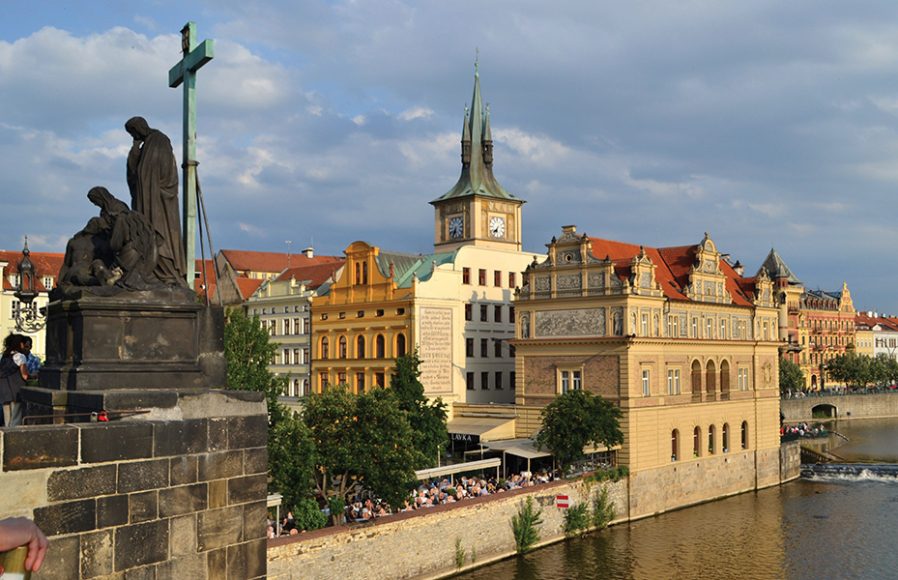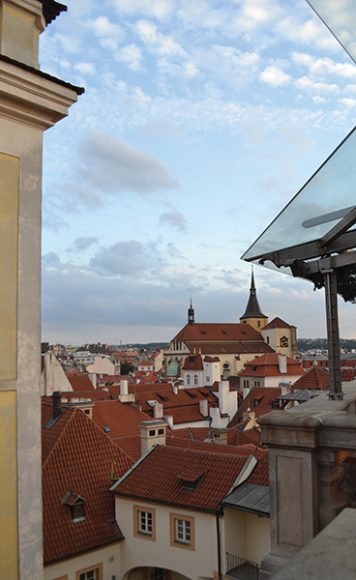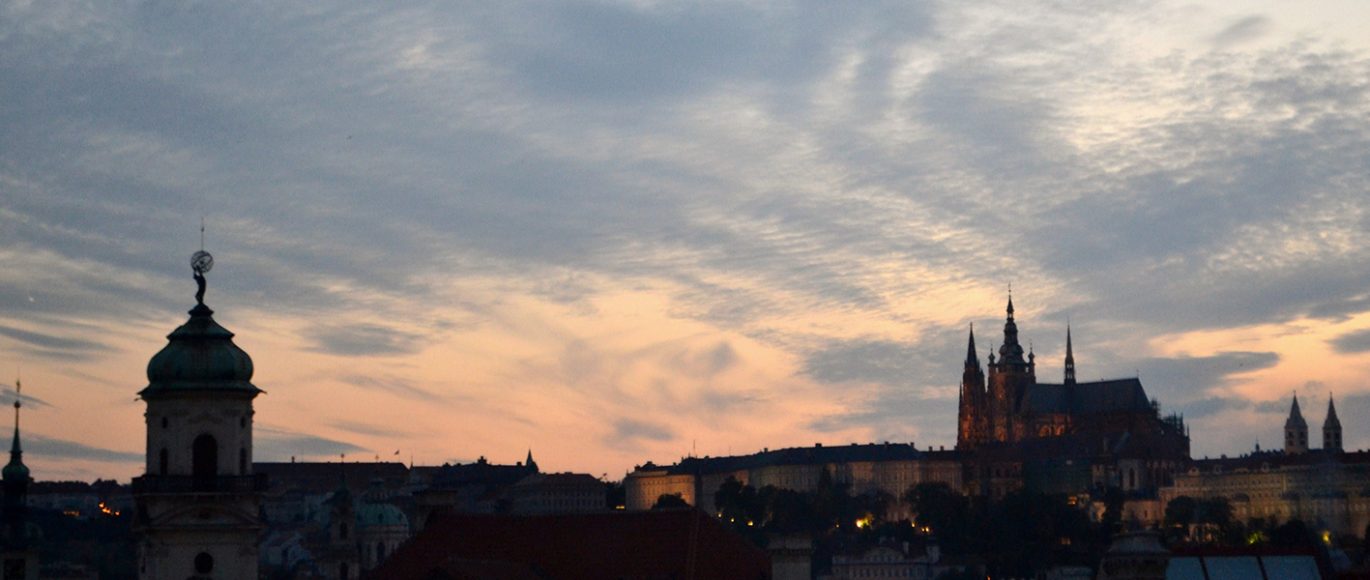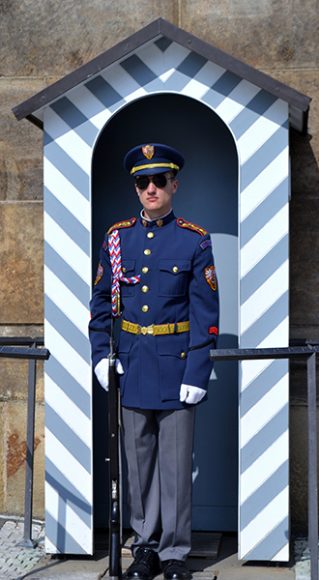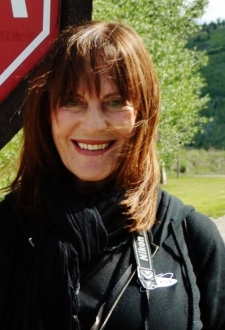If you want to visit a city that is pure magic, then get yourself to Prague.
One of the most beautiful cities in Europe, thanks to its location (on the Vltava River in the Czech Republic) and more than 1,000 years of glorious architectural tradition, Prague has a rich artistic, musical and literary history that conjures names like Franz Kafka, Wolfgang Amadeus Mozart and Alphonse Mucha. The citizens of Prague are rightly proud of their city, now a World Heritage site. But Prague by no means lives on its illustrious past alone. It’s a modern metropolis where past and present merge in a unique and special symbiosis.
THE FIVE TOWNS
Prague is a virtual jewel, barely damaged by World War II when it was bombed accidentally by the Allies in 1945. Settled by the Celts in 500 B.C., Prague is made up of five towns — the Old Town, the Jewish Quarter, the Little Quarter, the New Town and Hradčany, the village around Prague Castle.
When one sees photos of the city, somewhere in the background you’re likely to get a glimpse of Prague Castle. At the top of my list of things to do was a long trek up the hill to this site, originally the seat of Czech royalty and nobility. This monumental complex consists of a palace, church, monastery and garden as well as several small sidewalk cafés and some fine restaurants. On the day I visited, the hotel on the hill, formerly a Crowne Plaza and now the Lindner Hotel Prague Castle, was hosting the Czech soccer team. The muscular, attractive players proved an amiable distraction on my quick tour of this lovely property.

INSPIRED BY WINE
Vinohrady, which means vineyard, is a quiet, residential section of Prague a mere 15-minute walk from Wenceslas Square. Here I discovered a true Prague neighborhood — moms pushing strollers, lovers walking hand-in-hand down tree-shaded lanes, and everyone (it seemed) walking a dog. Luckily, I also discovered the luxury Le Palais Hotel with its distinctive Belle Époque architecture. After a look-see around this handsome property, I decided this is where I’d make my home for the next few days.
A MOST EXCELLENT VIEW
I had a brilliant dining experience, a regal repast at Allegro in the splendid Four Seasons Hotel. I was given the choice of dining inside or on the terrace overlooking the Charles Bridge and the Vltava River — a no-brainer as it was a balmy spring evening with the setting sun casting a golden glow over the city. I could barely tear myself away from this breathtaking scene and return to my table to look over the menu.
From time to time while dining, I left the table to stand at the terrace’s rail and gaze down at that iconic bridge named Charles. It spans the river and joins Prague’s Old Town (Stare Mesto) with the Little or Lesser Quarter (Mala Strana). This, the oldest of Prague’s bridges was built in 1357 by Charles IV and its sandstone sculptures that adorn either side are black with age. The story is that St. John Nepomuk was thrown from the bridge in the 14th century by order of not-so-good King Wenceslas IV for refusing to divulge what his queen had told him in confession. The legend claims that as John drowned, five stars appeared on the water and these stars have become the symbol of the town’s patron saint.

EVERYTHING OLD IS NEW AGAIN
The roots of the Jewish Town reach back to the Middle Ages. In addition to the Old-New Synagogue (from the 13th century), the Jewish Town Hall and most of the legendary Jewish Cemetery have been preserved. The cemetery was founded in 1478 in a relatively small space. With more than 100,000 buried there, the graves had to be stacked in several layers. Some areas have up to 12 layers. The Old-New Synagogue is the oldest in Europe and still in use despite having endured much since 1270, including fires and pogroms.
The Old Town Square (Staroměstské náměstí) is the central meeting point for droves of Prague’s tourists. Young, old and everyone in between will see it all there. I stood in the center of the square and slowly turned around, admiring all the historic buildings that encircled it. St. Nicholas Church dominates the square, a great example of both Gothic and Rococo styles. The buildings’ facades are painted in pastel, ice cream-colors and sidewalk cafés abound. Gelato anyone?
If you see a throng standing together in the square, staring up at a tower, you’ll know you’ve found the medieval Astronomical Clock that dates from 1410. In the 17th century, moving statues were added as well as figures of the Apostles, which are set in motion on the hour. Actually, as I preferred people-watching, I found a ringside seat at a pretty café and sampled its gelato in myriad flavors — a delicious day’s end for this weary but sated traveler.
DO YOU BELIEVE IN MAGIC?
Before returning to my hotel, I took a walk through some old, winding cobblestone lanes. It was twilight, that bewitching hour when, if you are ever going to believe in magic, it is going to happen then. Looking off in the distance, sitting on an ornate bench under an umbrella of chestnut trees, I thought — can it be? Yes, Franz Kafka, shooting the breeze with a few companions. Turning right at the next corner, I found that if I squinted just hard enough, I could make out the slender figure of none other than Aphonse Mucha, his easel set up under dim lamplight, sketching something wondrous and Art Nouveau. Here in Prague, past and present really do merge effortlessly. I eased myself gently back to reality and you know what I realized? Quotidian reality — in Prague — is a pretty formidable thing.
For more, visit czechtourism.com.

